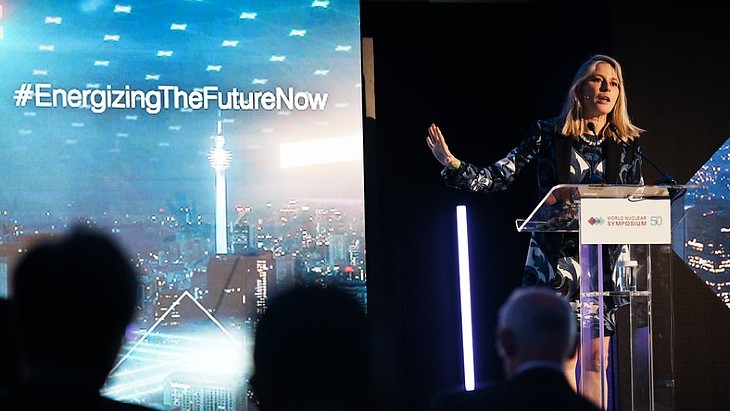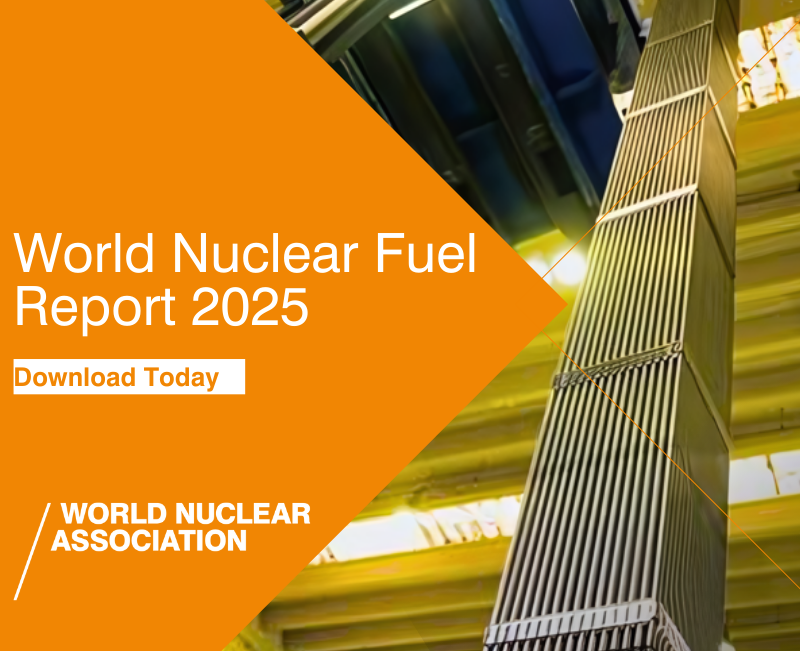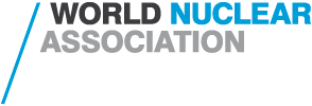The company has released its Conceptual Design Report (CDR) - a comprehensive conceptual blueprint for the development of its fusion power plant, named GIGA, and setting out how fusion can move from scientific research to commercial reality. Gauss Fusion is designing a complete commercial fusion power plant with all necessary auxiliary systems: heat extraction and cooling loops for power generation, cryogenic systems for superconducting magnets, power conversion for grid connection, as well as vacuum and diagnostic systems.
Developed over three years with support from industrial partners from across Europe, Gauss Fusion's CDR comprises over 1,000 pages of technical detail. The report addresses all critical systems required to build the first fusion power plant - from overall architecture, design basis and design concept, to safety framework, qualification strategy, system engineering, lifecycle operations and radioactive waste considerations, among others.
The CDR establishes a cost and schedule framework of the first commercial fusion power plant. The report defines long-term cost and schedule targets within an order of magnitude range, reflecting uncertainties of first-of-a-kind technologies. This exercise results in EUR15-18 billion (USD17-21 billion) to bring the first-of-a-kind commercial fusion reactor online by mid-2040s.
The report also sets out Gauss Fusion's vision of a 'Eurofighter for Fusion' - a pan-European programme that combines industrial know-how, national investments and supply-chain capacity to deliver energy sovereignty for Europe. This programme is structured in milestone-based phases that allow partners, shareholders, collaborators and other stakeholders to manage programme performance with a systematic approach to reduce risk and increase technology readiness. The project brings together leading European engineering and research partners.
The CDR covers the entire spectrum in parallel development strands - from plasma physics, to grid feed-in, and from materials science to lifecycle management. Borrowing from the aerospace industry, Gauss Fusion uses concurrent engineering to accelerate design, bringing together interdisciplinary teams working in parallel on different design processes at the same location. The advantages, it says, are "significantly higher efficiency in terms of costs and project results in the early design phases".
Gauss Fusion said its various collaboration schemes are set to be scaled up during the next design phase, planned to start after the review of the CDR by an independent panel in January 2026.
"Our Conceptual Design Report is the culmination of three years of work to turn the promise of fusion into GIGA – a credible and practical, concept-level power plant design. It demonstrates that Europe's industry has the capabilities needed to move from vision to engineering reality." said Gauss Fusion CEO Milena Roveda. "The CDR brings together the know-how of hundreds of specialists across Europe and proves that the technologies, materials and supply chains required for fusion are within reach. The next step is to advance from concept to detailed engineering - turning this design into an industrial blueprint for Europe's first generation of fusion power plants."
Frédérick Bordry, CTO, Gauss Fusion, added: "The Conceptual Design Report tackles the toughest industrial challenges that stand between fusion science and fusion power. From developing a closed tritium fuel cycle, to mastering the use of advanced superconducting magnets and materials capable of withstanding extreme thermal and neutron loads. Overcoming each of these challenges is vital for making fusion not just technically achievable, but commercially viable. Solving them will define who leads the global fusion race and whether Europe secures true energy sovereignty for generations to come."
Gauss Fusion was founded in 2022 with locations in Germany and is planning to expand to other European countries over time, with the aim of dramatically accelerating the most advanced developments in high-field magnetic fusion, and subsequently the first fusion power plants on the grid. Founding companies and strategic partners from the fusion technology industry are France's Alcen, Italy's ASG Superconductors, Germany's Bruker EAS, Spain's IDOM, and Germany's RI Research Instruments.
Earlier this month, the German cabinet approved the federal government's action plan aimed at accelerating commercial fusion deployment in Germany. The action plan identifies eight fields of action and measures that should be addressed in order to realise a fusion power plant in Germany. By 2029, more than EUR2 billion will be invested in fusion research, as well as the development of new research infrastructures and pilot projects.

_56232.jpg)



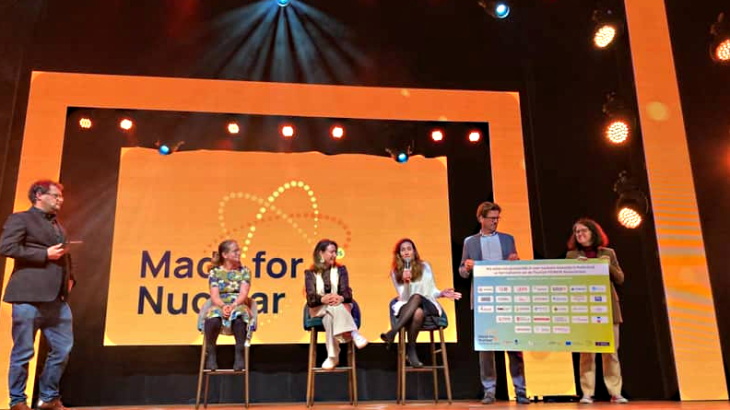
_69218.jpg)
_27928.jpg)
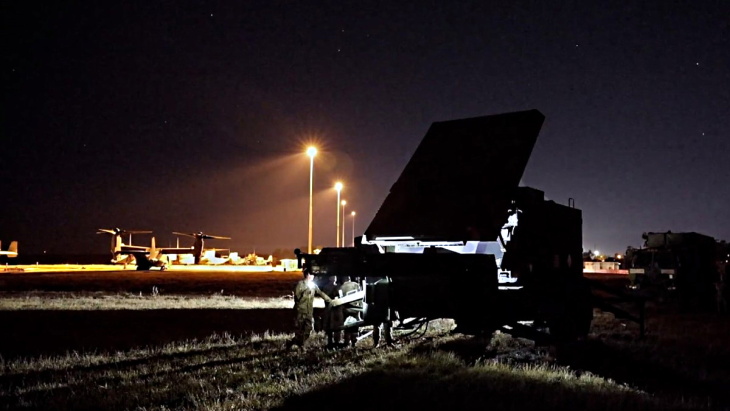
_76087_55556.jpg)
